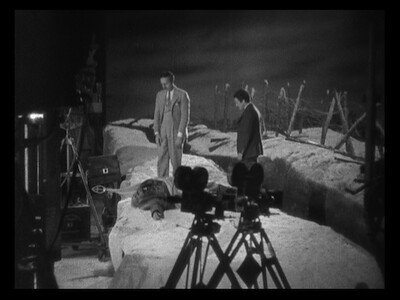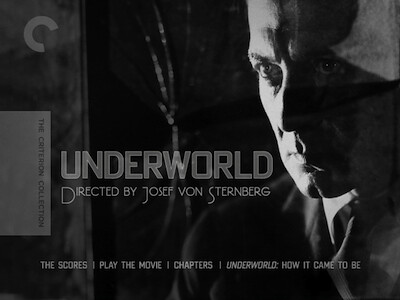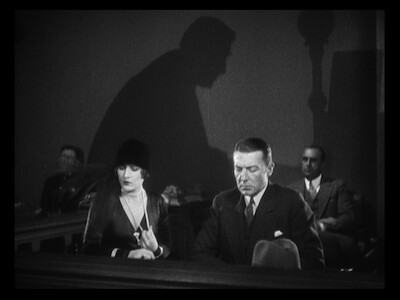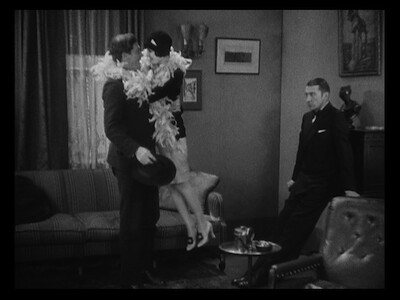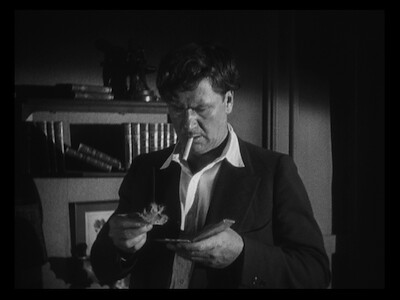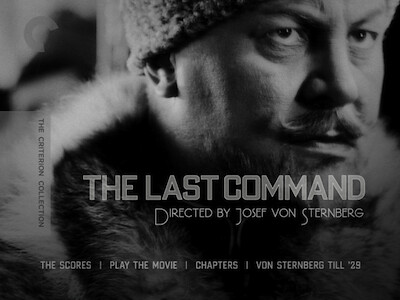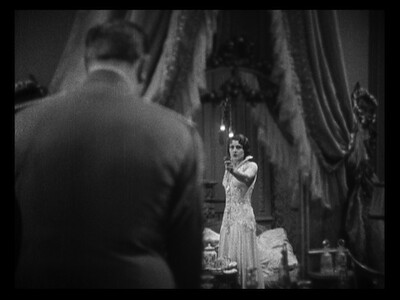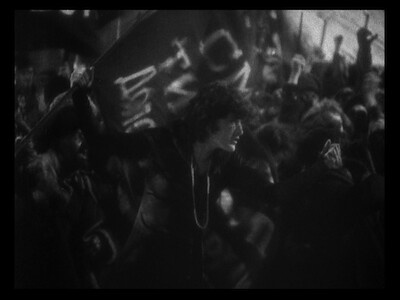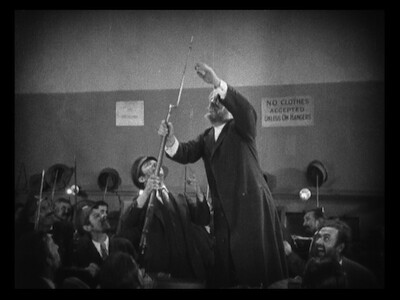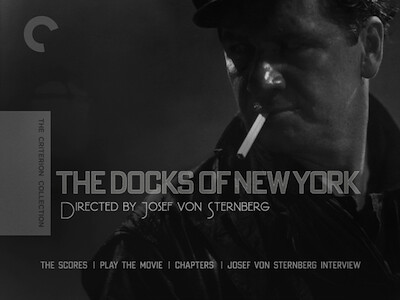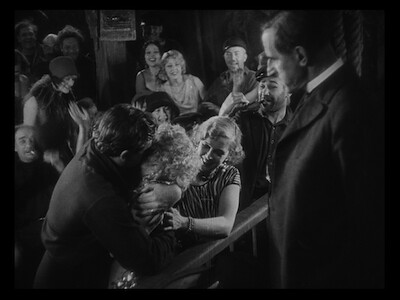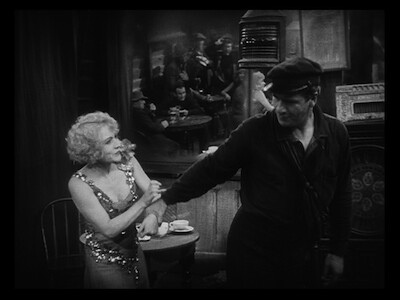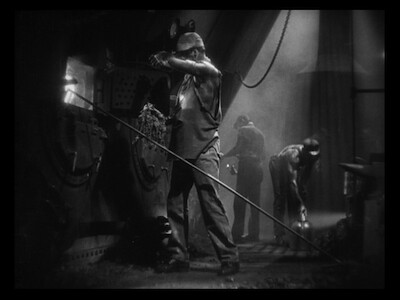What a lovely surprise. What a simple treasure. Lonesome is easily the most delightful Criterion title you’ve never heard of. You’re going to be sorry you waited so long to see it.
Lonesome is a 1928 silent film from Paul
Fejos, a Hungarian transplant to Hollywood. Fejos led quite an interesting
life, the many turns of which are chronicled in the autobiographical video
essay included on this disc, and so it makes sense that the restless explorer
would transform a straightforward script about two working-class New Yorkers
falling in love into a lively, experimental treat.
We begin on a typical morning as the two characters roll out
of bed and go about their routine. Mary (Barbara Kent) is a telephone operator,
Jim (Glenn Tryon) is an assembly line worker. Both live alone, both trudge back
and forth from work to their tiny apartments. On the weekend, when different
couples they work with plan activities they can do together, rather than be a
third wheel, both instead opt to travel out to Coney Island on their own for
the Fourth of July. There, as fate would have it, they meet. They end up
spending the day together, enjoying the pleasures of the beach and the
spectacle of the holiday, only to be pulled apart by circumstance, unsure if
they’ll ever meet again.
There’s not much to this summation, but there is much to
what appears onscreen. Fejos pulls out all the stops, almost as if he is
working his way through a wish list of special effects and innovations just in
case he never gets to make a movie ever again. He superimposes images over each
other to show the excitement of Coney Island, including the dizziness the
lovers experience on the spinning wheel. He uses tinting and rudimentary color
to show the spectacle of the lights and the fireworks. There is even a
sing-along midway through, encouraging viewers to follow the bouncing ball and
become a part of the outing. There are also several different dialogue
sequences, added to capitalize on the growing trend of talking pictures.
Fejos mostly uses these special segments to show the
courtship of Mary and Jim. We eavesdrop as they flirt and tease and make plans.
The director keenly understands that the key to a romantic movie is that the
romance be real, and so he capitalizes on the meet-cute, even going so far as
to isolate his actors in an empty space, a metaphorical representation of the
all-too-common feeling experienced by two people falling in love: it was like
suddenly there was no one else around. Granted, this might have been born of necessity.
With Kent and Tryon alone on a soundstage, there was no reason to worry about
extraneous noise. Necessity equals opportunity in this case. The two performers
prove to have excellent chemistry, and the intimacy of the technique makes us
part of their blossoming love story.
It’s hard to imagine why Lonesome doesn’t
have a larger reputation. Mostly lost over the years, its sweet take on the
plight of modern singles was paving the way for countless “lonely hearts in the
city” rom-coms to follow. Yet, it would never be done again with such little
pretention or calculation. There is something natural and spontaneous to
Lonesome, with the filmmaker making the most of the tools
available to him: his actors, the setting, the feeling of
falling heels over head. While in other filmmakers’ hands, the threadbare plot
and anything-goes aesthetic might have seemed like showing off or being more
concerned with show pieces than character, the naïve excitement with which
Fejos approaches it all that makes Lonesome special. Mary
and Jim aren’t merely common or simple, but rather, they’re relatable. In the
days before online dating and texting, when young adults might go out on their
own and meet people, the despair of single living could give way to the hopeful
dream of love. Fejos isn’t judging his characters, nor is he playing it for
laughs; rather, the director is a wide-eyed romantic, and he opens his camera
lens just as wide to all the possibilities available.
Sure, there’s a certain formula to this, especially in the
“will fate intervene?” ending, but Lonesome knows where it
hails from. In one of their conversations, Mary and Jim talk about a rather
fanciful Saturday Evening Post story they both read. Many good
writers wrote formulaic tales for the Post, including F.
Scott Fitzgerald, who always managed to make a silly twist work through
absolute belief and commitment in his craft. (My favorite is “The Offshore
Pirate,” where the titular rapscallion turns out to be a rich playboy looking
for love, because of course he is.) It similarly works here. Not just from
Fejos’ efforts, but Kent and Tryon’s, too. They are 100% dedicated to the
moment, and they play it with a winning sincerity.
Though barely clocking in over an hour, don’t fret,
Lonesome is worth the price alone--but you also get some
pretty impressive bonuses on the Criterion disc in the form of two other
full-length Fejos features, both from 1929 (more or less).
Broadway is a full talkie, and a musical
to boot. The film is based on a play co-written by George Abbott of DamnYankees fame. While its backstage-nightclub plot is nothing too
intriguing, Fejos’ facility with the camera makes it fun, and his innovative
use of a crane means the musical numbers are larger and more ambitious than
other talkies of the period. Plus, the final song-and-dance was shot in
two-strip Technicolor, rescued here by Criterion.
Storywise, Broadway crosses the standard
love triangle narrative with early gangster tropes. The nightclub show is run
by a would-be hood, who stirs up trouble both by taking out a rival and also
hitting on one of his biggest stars. Glenn Tryon returns here as the
song-and-dance man with his eye on Billie (Merna Kennedy), the hoofer who has likewise
caught the eye of their tough-guy boss (Thomas E. Jackson). Also of note is the
streetwise chorus girl played by Evelyn Brent, who previously starred in von
Sternberg’s Underworld [review].
Fejos packs out the nightclub set with flappers and tuxedoes,
and spends most of the musical performances either looking down from above or circling
the room to capture the party crowd. He also opens the picture with an
audacious recasting of New York as a mythological locale. The songs may be as
forgettable as the script, but you’ll hardly mind.
The third film in the set, The Last
Performance had its silent debut slightly earlier than the others
(1927), though it had sound added on wider release in 1929. That version is
lost, and Criterion presents a Danish print of the original here. Stepping away
from the New York locale for Europe, but sticking to the theatrical life
featured in Broadway, Fejos helms a story of a stage
magician and hypnotist, Erik the Great (Conrad Veidt, seen in The
Thief of Baghdad [review] as Jaffar and later as countless Nazis in
roles in films like Casablanca). Erik has designs on his
pretty assistant (Mary Philbin, also Veidt’s co-star in The Man WhoLaughs), but so do other members of his entourage. When the girl’s
attentions stray, Erik turns to trickery of another kind to try to bring her
back around.
The Last Performance is the most
conventional of the movies offered, which is funny since it’s the most
fantatistical at the same time. Fejos sticks to a fairly straightforward
aesthetic, though occasional shots do stand out, including a fairly imposing
use of shadow, reminiscent of Soviet and German propaganda images from the era,
in the scene where Erik discovers the infidelity. I also quite liked Fejos’
zooming back and forth between hypnotist and subject to show Erik’s influence
over the crowd in his stage show. I quite like mysteries featuring hypnotists
doing dirty deeds, as evinced by my comic with Dan Christensen, ArcherCoe & the Thousand Natural Shocks, so this is right up my alley. A
melodramatic ending aside, The Last Performance is quality entertainment.
Paul Fejos
















